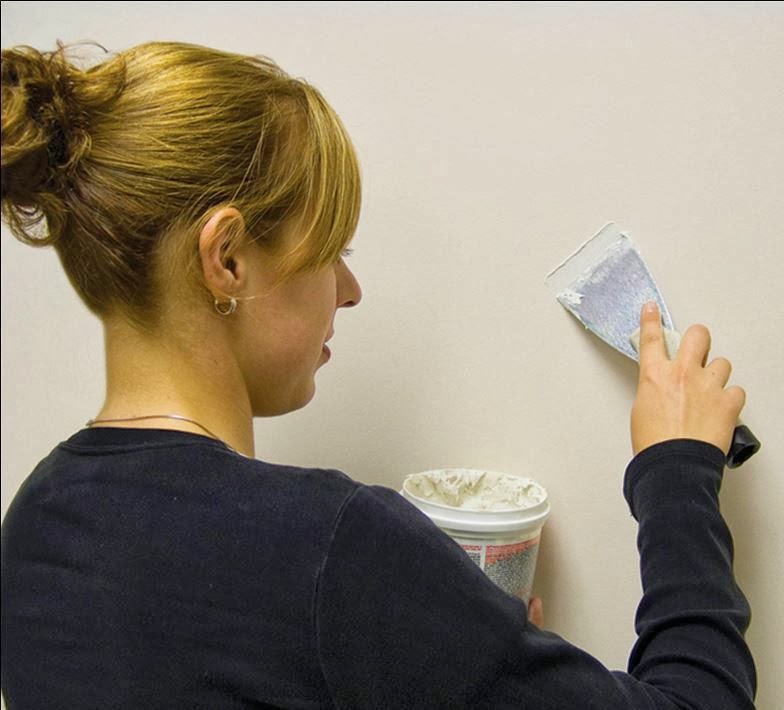It should be no surprise, then, that these same spaces can be the source of many injuries. Here are the main sources of garage dangers and what you need to know to make your garage safe:
DANGEROUS DOORS - The overhead door is most likely the largest and heaviest door in your home. It is also the cause of three types of injuries:
-
Crushing - According to the Consumer Product Safety Commission, 4 children a year are crushed by garage doors. These doors, powered by automatic openers, come down and simply don't stop. While garage door openers have been required to have automatic reversing mechanisms since 1982, these mechanisms can wear out or fail if not properly maintained. To be safe, test your door's ability to reverse by placing a 2x4 under the door. When the door hits the wood, it should reverse and go back up. If it doesn't, replace it. Also, if your opener is more than 5 years old, it is also a good idea to replace it. Garage door openers are an important piece of safety equipment and it's just not worth taking a chance with an old one.
- Pinching - Most garage doors are made of 4-large, horizontal, panels on hinges. Unfortunately, these door sections can pinch children's fingers and cause severe injuries. The solution is a pinch-free door design, which effectively pushes a child's fingers out of the way as the door closes.
- Flying Springs - Most garage doors are powered by very large, heavy, springs that provide the extra strength to lift the door. The problem is that eventually, these springs WILL break. When this happens, they'll fly off the door and across the room, potentially injuring anyone in their path. The solution is a simple do-it-yourself safety trick. When the door is in the closed position, thread a wire (picture hanging wire works well) inside the extended spring and secure it to the eyelet at each end. With the wire in place, a broken spring will have no where to fly except safely back on the wire itself.
Storing combustibles like gasoline, propane and kerosene is also something that needs careful planning. These fuels must be stored in containers designed especially for them. Gasoline cans, for example, have special vents to avoid the dangerous build up of combustible fumes. Storing gas in anything else is an explosion waiting to happen.
Finally, common, everyday products like ladders and lawn tools can be unsafe if not stored correctly. Ladders, for example should always be stored in a horizontal position so that children can not climb on them and tumble over. Rakes, hedge trimmers and shovels left on the garage floor or leaning against a wall can easily fall under foot and cause injuries. To be safe, use wall space and get as many of your tools off the floor as possible.
ELECTRICAL SAFETY - Electricity and water don't mix but this dangerous combination can easily happen in a garage. To be safe, all garage circuits should be protected with a GFCI (ground fault circuit interrupter). While regular circuit breakers are designed to prevent wires from overheating and causing a fire, a GFCI breaker is specifically designed to prevent shocks. A GFCI can be installed at an outlet or in the main circuit breaker panel and works to prevent a shock.
Secondly, most garages are not properly lit. Fluorescent lamps tend to dim in colder weather and most garages simply don't have enough fixtures to help you see your way clear of storage and other hazards. To avoid trouble, make sure that all garage outlets are protected by GFCI's and add additional lights as needed to see your way to safety.
SAFE STRUCTURES - Building codes require that garages be constructed to protect the rest of the home from fire damage should they become engaged in flame. For the most part this is accomplished by what is known as the fire wall, a wall-assembly constructed to keep fire at bay by the use of fire resistant drywall and other similar tactics. Unfortunately, older homes may not have a firewall and even modern homes may have had their firewalls rendered ineffective. For example, in an effort to make use of every available space, many families install an attic stairs in the ceiling of the garage. Unfortunately, doing so creates a hole in the fire wall and a short cut for fire to take out your entire home. To ensure safety, make sure all walls and ceilings between your garage and your house are constructed with at least 5/8ths inch thick drywall and that any attic stairs are covered with sheet metal for fire resistance.
Finally, make sure your garage has a fire extinguisher rated A-B-C. This means the extinguisher can handle all types of fires, including fires from wood and paper, electrical and gasoline or grease.
GREASY RAGS MUST GO - Old towels or t-shirts might make convenient rags to have in a garage, but when they become soiled with grease, oil, gasoline or any other flammable materials, they must be tossed. These rags are nothing more than kindling that, with the right ignition source, can become the fireball that destroys your house.
Never try and wash rags like these. The petroleum will leach into your washing machine and leave your next load of laundry smelling like yesterday's lawn mowing session. Also, placing any rag that has contained a flammable substance into a hot dryer is extremely dangerous. Rags are cheap. Always toss them and find new ones for your next project.
Garage safety is not hard to achieve. The key is to get storage organized so that unsafe situations never have the chance to develop. For help with your projects




